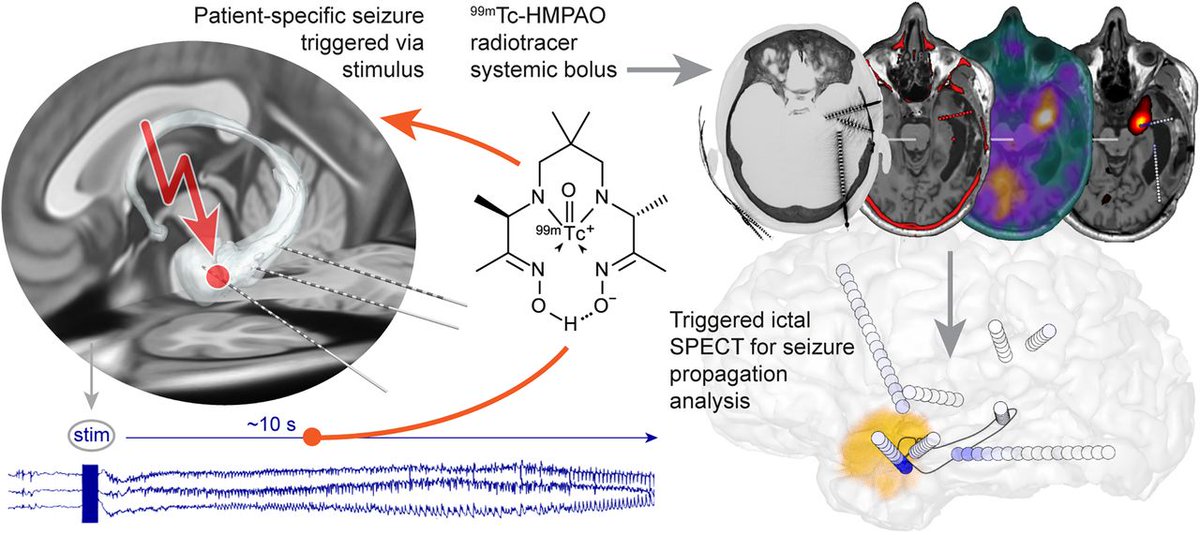10 tools we use to build medical imaging solutions
10 Tools We Use to Build Medical Imaging ProductsSince we work fully on medical imaging problems at our development agency, we have experimented with and used lots of libraries. Here are 10 libraries we use again and again: PyDicomThis library helps us when dealing with DICOM data , which is a recurring thing for us. SimpleITKThis library helps us do all sorts of image processing on medical data including I/O operations and applying filters. PytorchThis library helps us build ML models to solve medical imaging problems like radiograph classification or anatomical structures segmentation. DockerThis helps us build containerized applications which makes deployment of our solutions an ease. AWS SageMakerWe use it to deploy scalable ML models for medical imaging. OpenCVThis library helps us with lots of 2D imaging parts. It's an industry standard in computer vision, so it makes sense we use it for medical imaging. Especially with 2D radiographs. StreamlitA lot of our clients want to build minimum viable products quickly. With this library we can do exactly that. It helps us spin up a user interface rather quickly, all while using Python. FastAPIWe use it to build RESTful APIs for deep learning models. VTKWe use this library to do all sorts of operations on 3D meshes. This is very useful when you reconstruct a 3D model of an anatomical structure. NIBABELWe use this library to deal with NIFTI files. A lot of our clients use NIFTI format to store medical imaging information. So this library allows us to read NIFTI files and get information about pixel data as well as metadata. Foundation ML Model for Medical Image RegistrationThere is a new machine learning model that serves as a foundation model for medical image registration. The model is called uniGradICON. It unifies the speed and accuracy benefits of learning-based registration algorithms with the generic applicability of conventional non-deep-learning approaches. You can find out more about it in its original paper as well as its github rep. X Post of the Day!
That's it for this week's edition, I hope you enjoyed it! |
Machine Learning for Medical Imaging
👉 Learn how to build AI systems for medical imaging domain by leveraging tools and techniques that I share with you! | 💡 The newsletter is read by people from: Nvidia, Baker Hughes, Harvard, NYU, Columbia University, University of Toronto and more!
Hello Reader, Welcome to another edition of PYCAD newsletter where we cover interesting topics in Machine Learning and Computer Vision applied to Medical Imaging. The goal of this newsletter is to help you stay up-to-date and learn important concepts in this amazing field! I've got some cool insights for you below ↓ How We Build Our DICOM Viewers Using Plugins One thing we focus on when building DICOM viewers is keeping every feature as a separate plugin. This gives the app a clean structure...
Hello Reader, Welcome to another edition of PYCAD newsletter where we cover interesting topics in Machine Learning and Computer Vision applied to Medical Imaging. The goal of this newsletter is to help you stay up-to-date and learn important concepts in this amazing field! I've got some cool insights for you below ↓ AI & Health Insurance Claims: Helpful Future or Hidden Risk? AI is becoming a key part of how insurance companies handle medical claims, and a recent article offered a clear...
Hi Reader, Welcome to the PYCAD newsletter, where every week you receive doses of machine learning and computer vision techniques and tools to help you learn how to build AI solutions to empower the most vulnerable members of our society, patients. Why Medical Imaging Is Moving to the Browser There’s a clear shift happening in medical imaging: more and more platforms are going web-first. And it’s not just for design reasons. When imaging tools run in the browser, doctors don’t have to install...



